hey!
change management is a program to help employees adapt to the change introduced in the organisation and also help them overcome their resistance towards it.....
Q1 does it also include the physical aspect of change? eg. introduction of flexi time to overcome change......or is only about the behavioural aspect i.e copingwith change and shift in mind set????????
Q2 Can sexual harrasement be dealt with by change management program? i.e can the employees be made aware? does change management play a role in reducing such incidents in an organisation??????
IT IS VERY URGENT.....SOMEONE HELP!!!!!!!!!!!!!!!!!!!!!!!!!!!!!!!!
Deepti Mohan
( Student- PM&HR)
From India, Mumbai
change management is a program to help employees adapt to the change introduced in the organisation and also help them overcome their resistance towards it.....
Q1 does it also include the physical aspect of change? eg. introduction of flexi time to overcome change......or is only about the behavioural aspect i.e copingwith change and shift in mind set????????
Q2 Can sexual harrasement be dealt with by change management program? i.e can the employees be made aware? does change management play a role in reducing such incidents in an organisation??????
IT IS VERY URGENT.....SOMEONE HELP!!!!!!!!!!!!!!!!!!!!!!!!!!!!!!!!
Deepti Mohan
( Student- PM&HR)
From India, Mumbai
Hi Deepti,
Yes , you are right..but its easier said than done..
There are three Basic Definitions
*The task of managing change.
*An area of professional practice.
*A body of knowledge.
The content or subject matter of change management is drawn from psychology, sociology, business administration, economics, industrial engineering, systems engineering and the study of human and organizational behavior.
A1:- Physical change..its a misnomer to use this word..its more got to do with mindset & behavioral change..
A2: yes, by making a clear cut policy be implementing the same in right spirit..should be applicable to all...it works well ..if the senior management is pulled up on account of misdemeanour...then it percolates to all levels..otherwise Infosysis incident will be repeated..
Change as a “Why” Problem
Ends and means are relative notions, not absolutes; that is, something is an end or a means only in relation to something else. Thus, chains and networks of ends-means relationships often have to be traced out before one finds the “true” ends of a change effort. In this regard, “why” questions prove extremely useful.
Consider the following hypothetical dialogue with yourself as an illustration of tracing out ends-means relationships.
Why do people need to be more creative?
I’ll tell you why! Because we have to change the way we do things and we need ideas about how to do that.
Why do we have to change the way we do things?
Because they cost too much and take too long.
Why do they cost too much?
Because we pay higher wages than any of our competitors.
Why do we pay higher wages than our competitors?
Because our productivity used to be higher, too, but now it’s not.
Eureka! The true aim is to improve productivity!
No it isn’t; keep going.
Cheerio
Rajat
Why does productivity need to be improved?
To increase profits.
Why do profits need to be increased?
To improve earnings per share.
Why do earnings per share need to be improved?
To attract additional capital.
Why is additional capital needed?
We need to fund research aimed at developing the next generation of products.
Why do we need a new generation of products?
Because our competitors are rolling them out faster than we are and gobbling up market share.
Oh, so that’s why we need to reduce cycle times.
Hmm. Why do things take so long?
From India, Pune
Yes , you are right..but its easier said than done..
There are three Basic Definitions
*The task of managing change.
*An area of professional practice.
*A body of knowledge.
The content or subject matter of change management is drawn from psychology, sociology, business administration, economics, industrial engineering, systems engineering and the study of human and organizational behavior.
A1:- Physical change..its a misnomer to use this word..its more got to do with mindset & behavioral change..
A2: yes, by making a clear cut policy be implementing the same in right spirit..should be applicable to all...it works well ..if the senior management is pulled up on account of misdemeanour...then it percolates to all levels..otherwise Infosysis incident will be repeated..
Change as a “Why” Problem
Ends and means are relative notions, not absolutes; that is, something is an end or a means only in relation to something else. Thus, chains and networks of ends-means relationships often have to be traced out before one finds the “true” ends of a change effort. In this regard, “why” questions prove extremely useful.
Consider the following hypothetical dialogue with yourself as an illustration of tracing out ends-means relationships.
Why do people need to be more creative?
I’ll tell you why! Because we have to change the way we do things and we need ideas about how to do that.
Why do we have to change the way we do things?
Because they cost too much and take too long.
Why do they cost too much?
Because we pay higher wages than any of our competitors.
Why do we pay higher wages than our competitors?
Because our productivity used to be higher, too, but now it’s not.
Eureka! The true aim is to improve productivity!
No it isn’t; keep going.
Cheerio
Rajat
Why does productivity need to be improved?
To increase profits.
Why do profits need to be increased?
To improve earnings per share.
Why do earnings per share need to be improved?
To attract additional capital.
Why is additional capital needed?
We need to fund research aimed at developing the next generation of products.
Why do we need a new generation of products?
Because our competitors are rolling them out faster than we are and gobbling up market share.
Oh, so that’s why we need to reduce cycle times.
Hmm. Why do things take so long?
From India, Pune
Deepti, as you have expressed, if the organisation has decided to change policies/systems/processes, a change management program will be put in place. It will incude all aspects of change management for it to be effective. For a "Change" to introduce a flexi time policy, one of the "Change management" point will be ensuring employees don't take advantage. Since this change is a move from the norm to a more employee responsive and inclusive effort,you will need a shift in the mindset of managers as well.
Yes, you will have to insititute policies on misconduct and the process on warning and termination, alternately you will need to train managers on WHAT is considered sexual harrassment. From a subtle remark to asking sexual favors, its a delicate area and needs awareness on the What and the consequences. The harrasser is mostly seen with people in authority, ( managers/boss) and usually engaged in give & take ( favors for promotion, hike etc). Because of the sensitive nature of the issue, most employees may not voice themselves and continue to be victimised, with awareness and training it surely can be reduced.
Yes, you will have to insititute policies on misconduct and the process on warning and termination, alternately you will need to train managers on WHAT is considered sexual harrassment. From a subtle remark to asking sexual favors, its a delicate area and needs awareness on the What and the consequences. The harrasser is mostly seen with people in authority, ( managers/boss) and usually engaged in give & take ( favors for promotion, hike etc). Because of the sensitive nature of the issue, most employees may not voice themselves and continue to be victimised, with awareness and training it surely can be reduced.
Hi Am attaching a sample policy for Sexual Harrashment for reference. Cheerio Rajat
From India, Pune
From India, Pune
Community Support and Knowledge-base on business, career and organisational prospects and issues - Register and Log In to CiteHR and post your query, download formats and be part of a fostered community of professionals.






 101
101